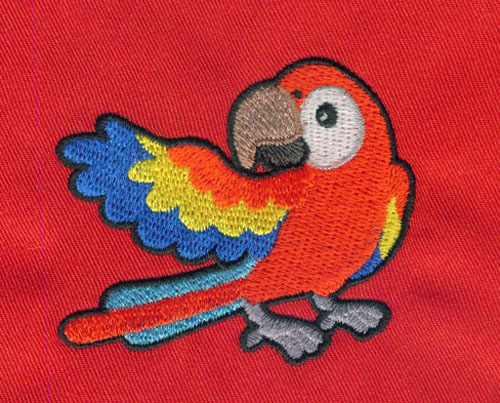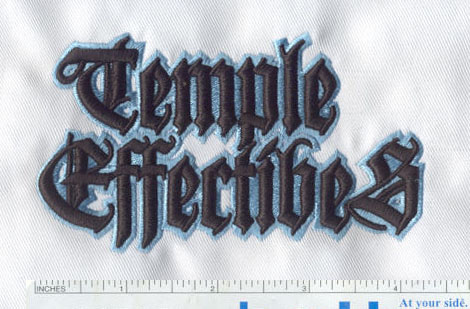Sustainable Machine Embroidery: Eco-Friendly Practices for a Greener Future
In a world that's increasingly aware of environmental sustainability, it's essential for industries to adapt and adopt eco-friendly practices. The art of machine embroidery is no exception. This blog post explores the realm of sustainable machine embroidery, delving into eco-friendly practices that are shaping a greener future for the industry.
The Eco-Friendly Embroidery Revolution
Traditional machine embroidery, like many textile processes, has historically relied on practices that can have a negative impact on the environment. From resource-intensive production methods to the disposal of non-biodegradable waste, the industry hasn't always been eco-conscious.
However, the embroidery world is undergoing a transformation. With sustainability in mind, businesses and individuals are increasingly adopting eco-friendly practices that align with the global commitment to environmental preservation.
Eco-Conscious Fabric Choices
One of the essential steps toward sustainable machine embroidery is the selection of eco-friendly fabrics. The choice of material can significantly impact the environmental footprint of the final product. Organic cotton, hemp, bamboo, and other sustainable textiles are becoming popular choices for environmentally aware embroiderers.
Low-Impact Dyes
The dyes used in embroidery can be a significant source of environmental concern. Eco-conscious embroiderers are now opting for low-impact and water-based dyes, which reduce the release of harmful chemicals into the ecosystem. These dyes also have the advantage of creating less waste and reducing water usage.
Energy-Efficient Machines
The energy consumption of embroidery machines is an often-overlooked factor. Modern machines are being designed with energy efficiency in mind, consuming less power while still maintaining high production standards. These machines help reduce the carbon footprint of the embroidery process.
Digital Embroidery Patterns
Another sustainable practice in machine embroidery is the use of digital embroidery patterns. These patterns can be easily shared and stored electronically, reducing the need for physical copies, paper, and ink. Digital patterns also allow for more efficient and precise use of thread and materials.
Waste Reduction and Reuse
Efforts to minimize waste are a crucial aspect of sustainable machine embroidery. Businesses are finding innovative ways to reduce, reuse, and recycle materials, including fabric scraps, threads, and backing materials. Leftover threads can be repurposed, and backing materials can find a second life as interlining in other fabric products.
Eco-Friendly Packaging
The sustainability journey doesn't end with the embroidery process itself. Sustainable embroiderers are also choosing eco-friendly packaging for their products. Biodegradable bags, recycled cardboard, and minimalistic packaging designs help reduce waste and make a statement about environmental responsibility.
Local Sourcing and Reduced Transportation
Sourcing materials locally is another sustainable practice gaining ground in machine embroidery. It reduces the carbon footprint associated with shipping and supports local businesses and economies. By supporting nearby suppliers, embroiderers can minimize the environmental impact of their operations.
Consumer Awareness and Education
Finally, consumer awareness plays a vital role in driving sustainability in machine embroidery. Educating customers about eco-friendly options, such as organic fabrics and water-based dyes, can help them make more environmentally conscious choices when ordering custom embroidered products.
The Path to a Greener Future
Sustainable machine embroidery is not just a trend; it's a commitment to a greener future. As the industry continues to evolve and embrace eco-friendly practices, it shows that embroidery can be both artful and environmentally responsible. By making informed choices about materials, processes, and waste reduction, the embroidery community is contributing to a more sustainable and eco-conscious world.



